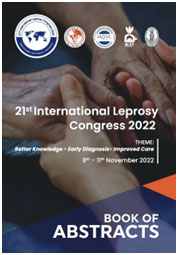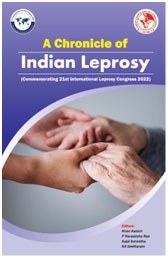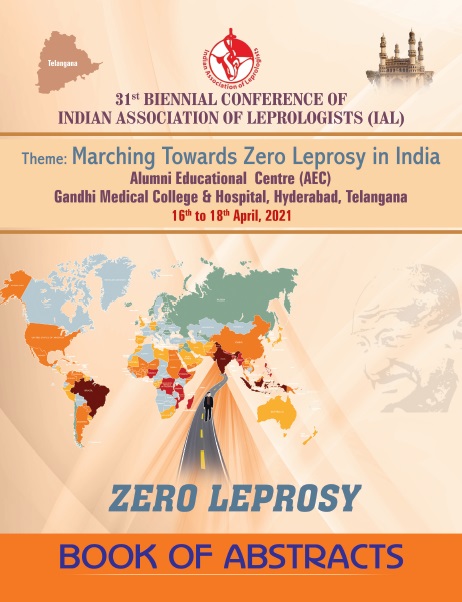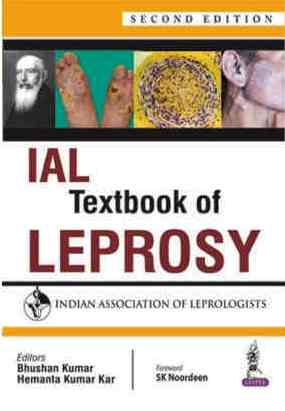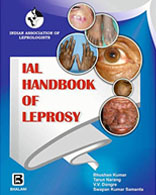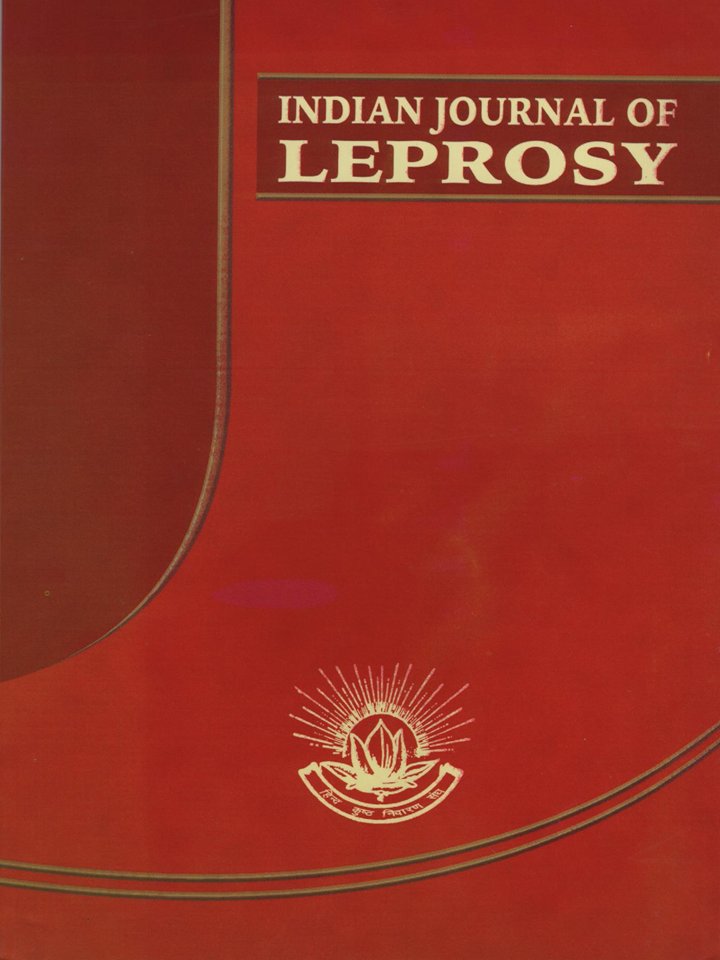Publication
21st International Leprosy Congress 2022 : Book of Abstracts - ILC 2022
21st International Leprosy Congress 2022 : "A chronicle of Indian leprosy"
31st BIENNIAL CONFERENCE –2021 INDIAN ASSOCIATION OF LEPROLOGISTS (IAL) - Abstracts
IAL Textbook Of Leprosy (Indian Association Of Leprologists)
IAL HANDBOOK OF LEPROSY 1st Edition
INDIAN JOURNAL OF LEPROSY
Lepr Rev (2006) 77, 366–370
Isolation of Mycobacterium leprae from untreated borderline tuberculoid, mid-borderline and indeterminate cases using the mouse foot pad technique – a study of 209 cases
A. V. WAKADE & V. P. SHETTY
The Foundation for Medical Research, 84- A R.G. Thadani Marg,
Worli, Mumbai 400 018, India
Accepted for publication 29 August 2006
Summary Using the mouse foot pad (MFP) system, isolation of Mycobacterium
leprae was attempted in 209 skin biopsies obtained from 114 borderline tuberculoid
(BT), 62 mid borderline (BB) and 33 indeterminate (I) untreated cases. Unequivocal
growth in the foot pads of mice was seen in 100 (47·8%) cases. Of these 100 cases that
showed growth in the mouse foot pad system, in 20 cases acid fast bacilli (AFB) were
detected in small numbers (1 þ ) in either smear or homogenate. The remaining 80
(42%) cases were negative for AFB in both smear and homogenate. The occurrence
of viable bacilli and percentage take at 12 months was highest in BB (76 and 86%)
followed by BT (38 and 75%) and I (30% and 52%) cases. In most of the BT (65%)
and I (60%) cases, the first peak was seen only at 12 months. These results confirm
that viable bacilli can be isolated and expanded from a good proportion of negative
BT-BB cases using immunocompetent Swiss White mice.

